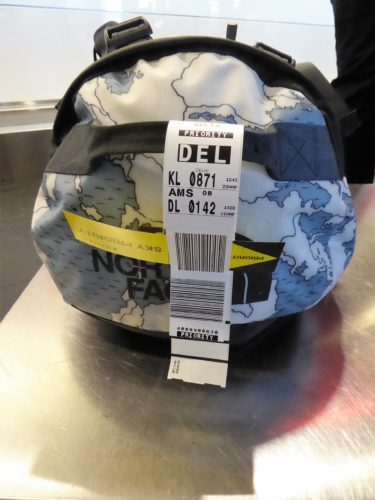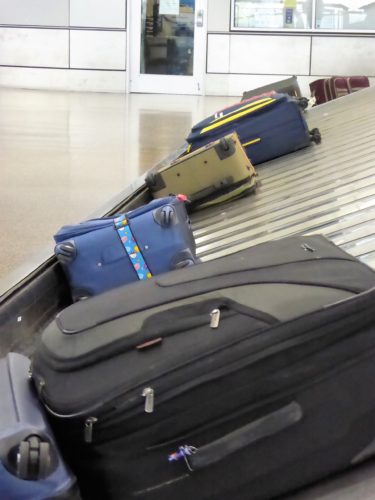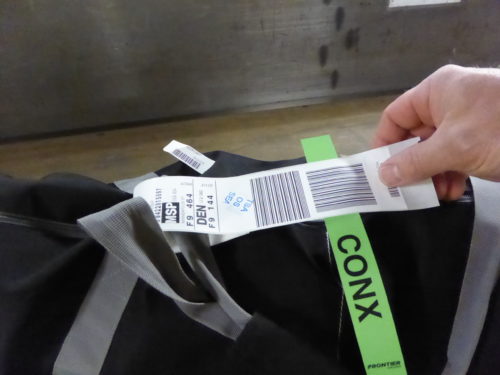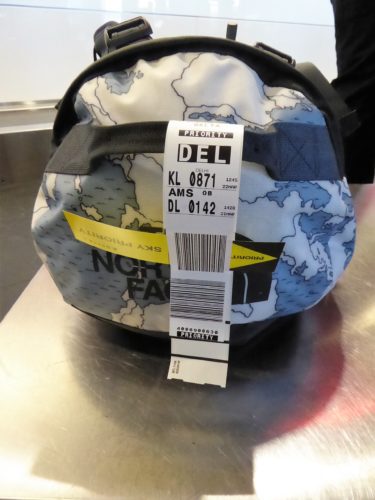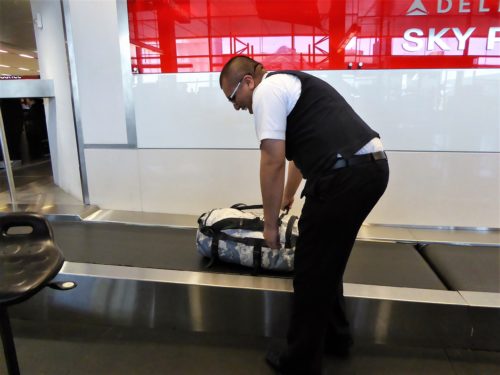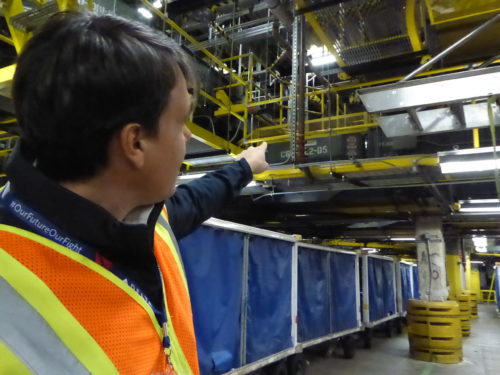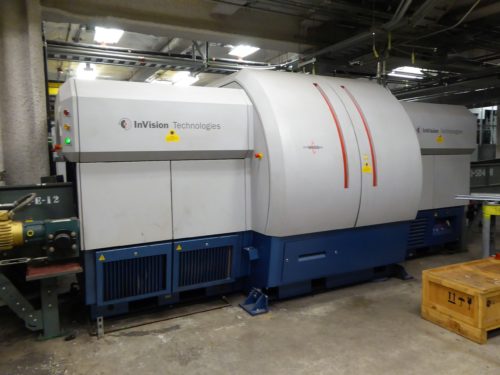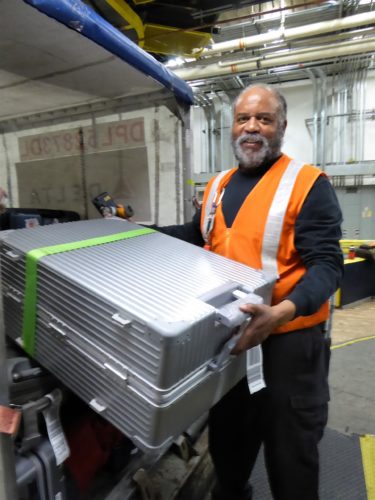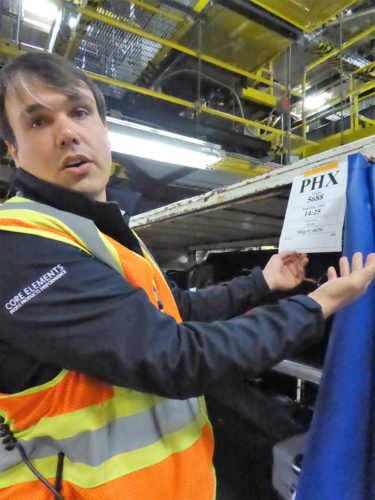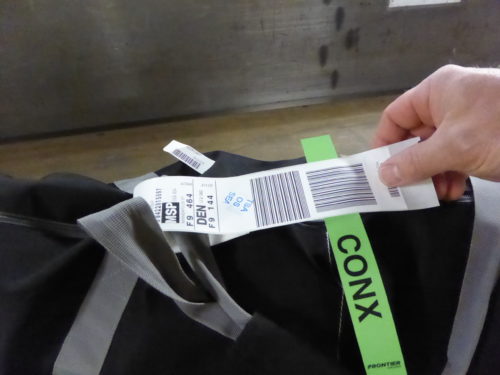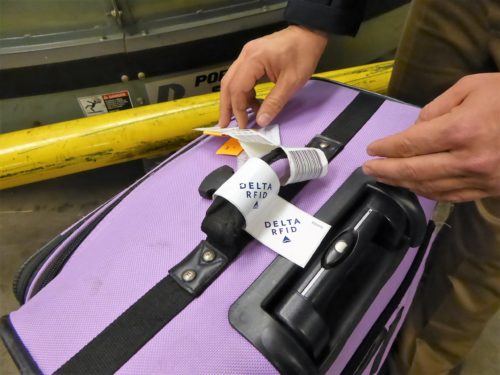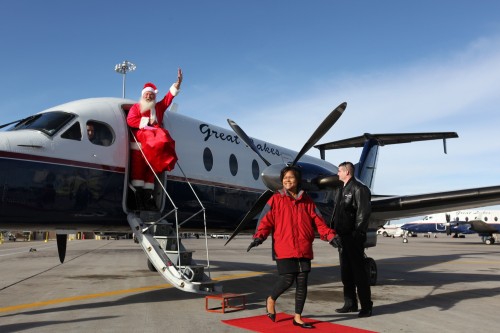Free ice-skating is back at Denver International Airport. DEN has also added a free early bag drop service.

The free ice-skating rink at Denver International Airport’s outdoor plaza is back again for its third season.
The rink is open from 9 a.m. to 9 p.m. daily through January 6 on the DEN Plaza between the main terminal and Westin hotel.
Even better, there’s no need to travel with your own skates. The “Skate Shop” Airstream trailer located on the plaza has free skate rentals in many sizes. For those who don’t want to skate, but just want to hang out, there are bleachers and lounge seating.
A partnership this year with United Airlines, the DEN ice rink will feature music each day and offer free hot chocolate and cider starting at noon on Fridays. There will also be special appearances and performances on the ice every Friday from 11:30 a.m. to 1:30 p.m. including curling lessons and mascot appearances.
“Ice skating on our pop-up ice rink has quickly become a signature event for Denver International Airport,” said CEO Kim Day. “It’s just another way we’re demonstrating our commitment to an improved passenger experience. For flight crews, travelers, employees and even local residents, skating with the dramatic backdrop of the Jeppesen Terminal is becoming a seasonal tradition.”
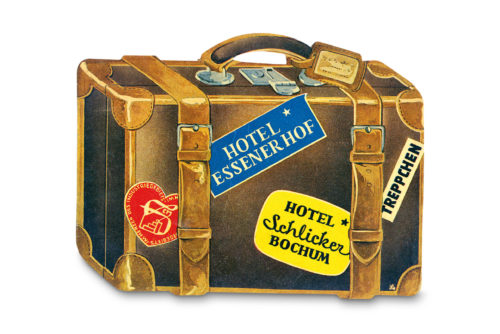
Denver International Airport recenty introduced another helpful amenity: free early bag drop and check-in service at the Transit Center and at the Pikes Peak and Mt. Elbert shutttle parking lots.
The bag-drop service allows passengers to drop off their bags, check-in and get a boarding pass before entering the terminals luggage-free.
At the parking lots, travelers can drive in and drop off their bags before they park. A greeter at the bag drop kiosk will remove the bags from the car, complete the check-in process process and print out a boarding pass. That means no luggage to drag onto and off of the shuttle van to the terminal. Nice!
Keep in mind, that bags must be dropped off at least 90 minutes before a flight. And while the bag drop service is free, those pesky airline baggage fees will still apply. But those fees can be paid at the bag drop locations too.
The DEN bag-drop service is being offering at the Transit Center daily from 6 a.m. to 6 p.m and at the shuttle parking lots Saturday–Thursday from 2 a.m. to 4 p.m. and on Friday from 2 a.m. to 7 p.m.
Passengers traveling on domestic flights with Southwest, United, Delta and American Airlines are eligible to use the service. Flights to international destinations are not eligible for the bag drop service.
Find more details about the new bag drop service at Denveral International Airport here.
In a press release, Denver International Airport claims this is the first such service at an airport. But in 2012 Phoenix Sky Harbor International Airport introduced early bag drop service at its East Economy parking lot and at the PHX SkyTrain Station, expanding the service to the rental car center in 2014.
Unfortunately, PHX no longer offers early bag drop service. But here’s hoping it comes back.
